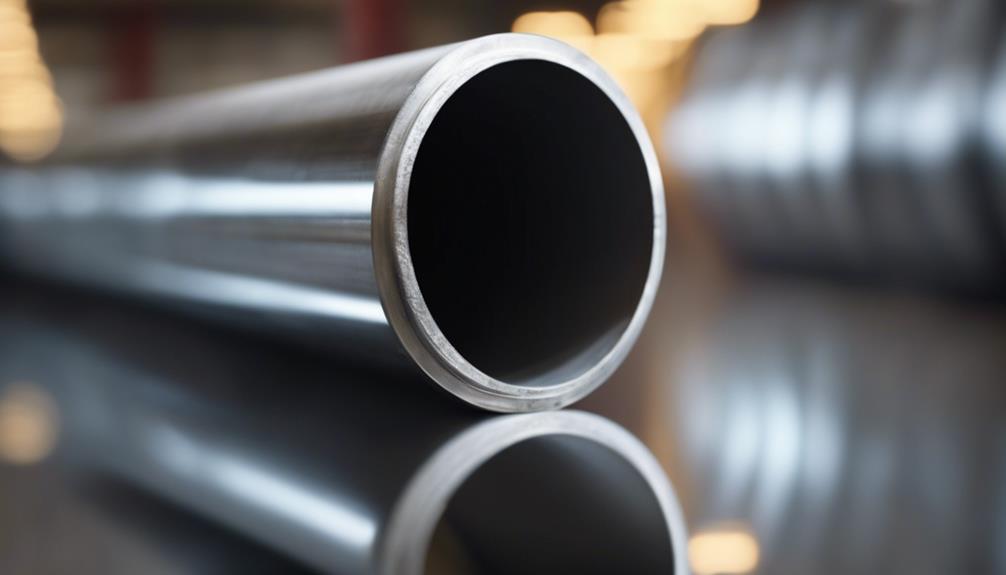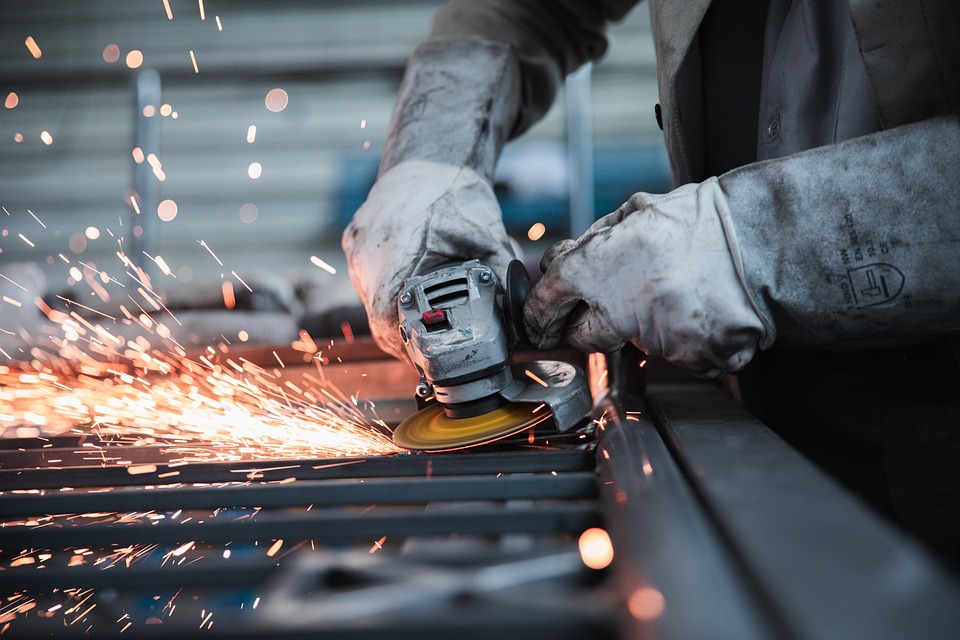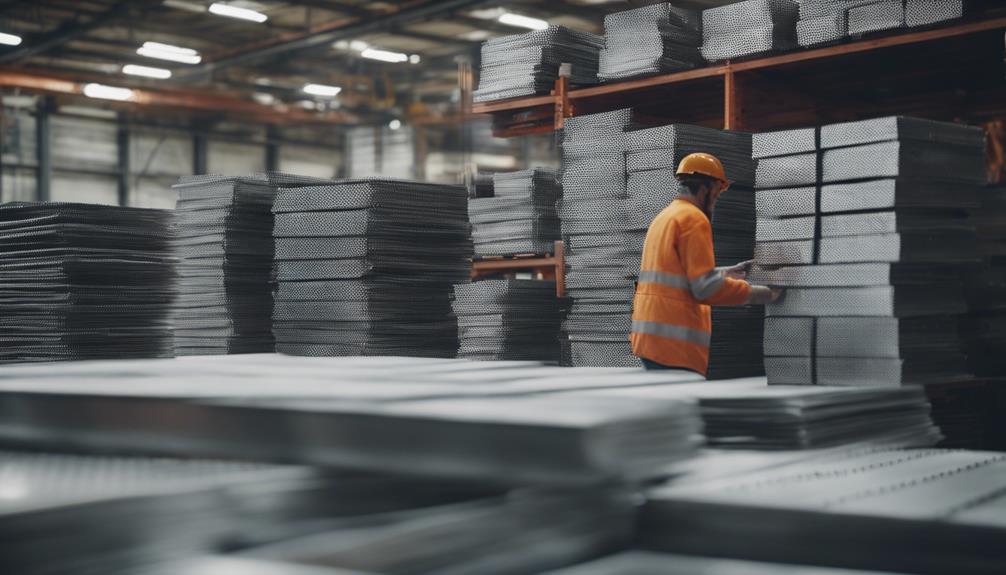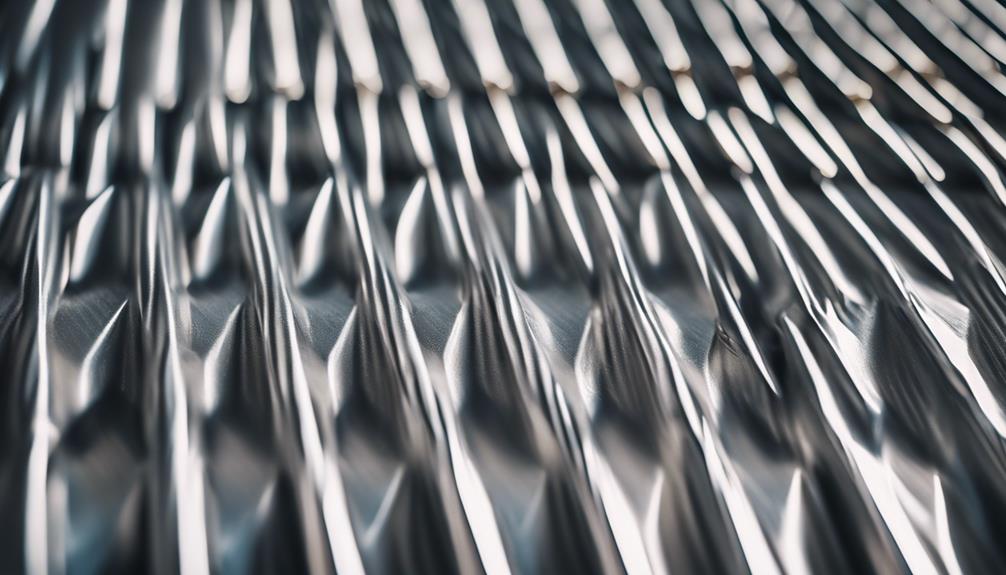Hollow steel tubes come in various dimensions like square and round shapes, with lengths ranging from 36 to 48 inches and custom cut options available. The tubes are made of materials such as carbon steel, stainless steel, or alloy steel, providing strength and corrosion resistance. They offer different surface finish options like mill finish, galvanized finish, and painted finish, catering to various needs. With high importance-to-weight ratios, hollow steel tubes are essential for structural applications in construction and automotive manufacturing, offering robust and efficient solutions. If you want to explore further about the installation, maintenance, and handling tips for these versatile tubes, the details can provide a thorough insight.
Key Takeaways
- Various dimensions and sizes available, including square and round shapes, with custom cut options for lengths and different widths and thicknesses.
- Material options like carbon steel, stainless steel, and alloy steel for strength and durability in heavy loads and harsh environments.
- Surface finish choices such as mill finish, galvanized finish, painted finish, and powder-coated finish for corrosion resistance and aesthetics.
- Hollow steel tubes offer high strength-to-weight ratios, crucial for structural applications requiring robust and efficient solutions.
- Versatile applications in construction, automotive, machinery, furniture, and outdoor uses for structural support, chassis components, frames, and more.
Dimensions and Sizes
The dimensions and sizes of hollow steel tubes vary to accommodate a range of project specifications and requirements. These tubes come in various shapes, including square and round, with lengths commonly available in 36 in, 48 in, and custom cut options. Product widths range from 0.5 in to 2.4 in, catering to different project needs. Different thickness options like 0.0598 in, 0.0625 in, and larger sizes up to 2.4 in provide versatility for various applications. Hardware color families for hollow steel tubes typically include silver and black, offering aesthetic choices. Specific product models such as Model# 801237, Model# 801247, and Model# BRT468122 represent some of the available options in the hollow steel tube category.
Material Composition
Within the domain of construction and manufacturing industries, hollow steel tubes derive their strength and durability from materials like carbon steel, stainless steel, or alloy steel. These materials offer varying properties to the tubes, with carbon steel providing high strength, stainless steel offering corrosion resistance, and alloy steel combining different elements for enhanced characteristics. The composition of these steel tubes plays a pivotal role in their performance, making them suitable for a wide range of applications where strength and durability are paramount. Whether used in structural frameworks, machinery, or infrastructure projects, the choice of steel material guarantees that hollow tubes can withstand heavy loads and harsh environments, making them a preferred option for many construction and manufacturing needs.
Surface Finish Options
Enhancing the appearance and performance of hollow steel tubes, various surface finish options are available to cater to different needs and environments. These options include mill finish, galvanized finish, painted finish, and powder-coated finish. Mill finish, the simplest and most cost-effective choice, leaves the steel tube unfinished. Galvanized finish provides increased protection against corrosion, making it ideal for outdoor applications. Painted and powder-coated finishes offer a wide array of color choices and additional durability, making them suitable for both aesthetic and protective purposes. Selecting the right surface finish is essential to guarantee the desired level of corrosion resistance and durability for hollow steel tubes in various projects.
Weight and Strength Characteristics
With a focus on structural integrity and efficiency, understanding the weight and strength characteristics of hollow steel tubes is paramount in various industrial applications. Hollow steel tubes offer high strength-to-weight ratios, making them well-suited for structural applications where both strength and weight are critical factors. The availability of various wall thicknesses and sizes allows for customization to meet specific project requirements, enhancing their versatility in construction, automotive manufacturing, and other industries. The weight and strength characteristics of hollow steel tubes are essential considerations in the design and implementation of structures, ensuring peak performance and safety. By leveraging the inherent properties of hollow steel tubes, engineers can achieve robust and efficient solutions for a wide range of applications.
Applications and Uses
Hollow steel tubes find widespread use across diverse industries for their structural strength and lightweight properties, serving essential roles in construction, automotive manufacturing, industrial machinery, furniture production, and outdoor applications. In the construction sector, these steel tubes are commonly employed for structural support and framing purposes. The automotive industry utilizes hollow steel tubes for chassis components and roll cages due to their strength and lightweight nature. Various industrial applications benefit from these tubes in conveyor systems, machinery frames, and storage racks. Within the furniture industry, hollow steel tubes are integral for producing robust furniture pieces like tables and chairs. Their corrosion resistance also makes them a preferred choice for outdoor structures such as fences and handrails.
Installation and Handling Tips
Steel tubes must be handled and installed with precision and care to uphold their structural integrity and guarantee safety standards are met. During installation, ensure proper support and alignment to prevent structural issues. It is critical to use appropriate tools and equipment for cutting and shaping according to project requirements. Regularly inspect the tube for signs of wear, corrosion, or damage to maintain safety standards. Following manufacturer guidelines for welding or joining methods is essential to ensure structural integrity. Handle the steel tube with care to avoid bending or denting during transportation and installation, as these could compromise its integrity. Taking these precautions will help ensure the longevity and safety of the structure.
Maintenance and Care Instructions
Regular cleaning with a mild detergent and water is important for maintaining the condition of hollow steel tubes. It is essential to avoid using harsh chemicals or abrasives that could cause surface damage. Applying a protective coating or paint to steel tubes can help prevent corrosion and rust formation, extending their lifespan. Regular inspection is necessary to identify any signs of wear, dents, or scratches that may compromise the structural integrity of the tubes. When not in use, store hollow steel tubes in a dry and well-ventilated area to prevent moisture buildup and corrosion. By following these maintenance and care instructions, you can guarantee the longevity and peak performance of your hollow steel tubes.
Frequently Asked Questions
What Size Is Hollow Steel Tubing?
Various sizes are available for hollow steel tubing, including common dimensions like 1-1/4 x 1-1/4, 1-1/2 x 1-1/2, and 2 x 2 inches. Length options range from 4 ft to 24 ft, with customization possible for specific project requirements.
Why Is Steel Tube so Expensive?
Steel tubes are costly due to raw material prices, production complexities, demand from various industries, transportation expenses, market fluctuations, and quality standards. Customization, processing, and coatings can further increase expenses in the steel tube industry.
What Are the Two Types of Steel Tubes?
The two main types of steel tubes are welded and seamless. Welded tubes are cost-effective for general applications with visible seams, while seamless tubes, made from solid billets, are stronger, suited for high-pressure environments, and have smooth surfaces.
Is Tube Steel Stronger Than I Beam?
Tube steel is generally stronger than I-beams due to its ability to withstand torsional forces and distribute weight evenly. Its hollow structure offers increased strength-to-weight ratio compared to solid beams, making it a preferred choice for high-strength applications.










